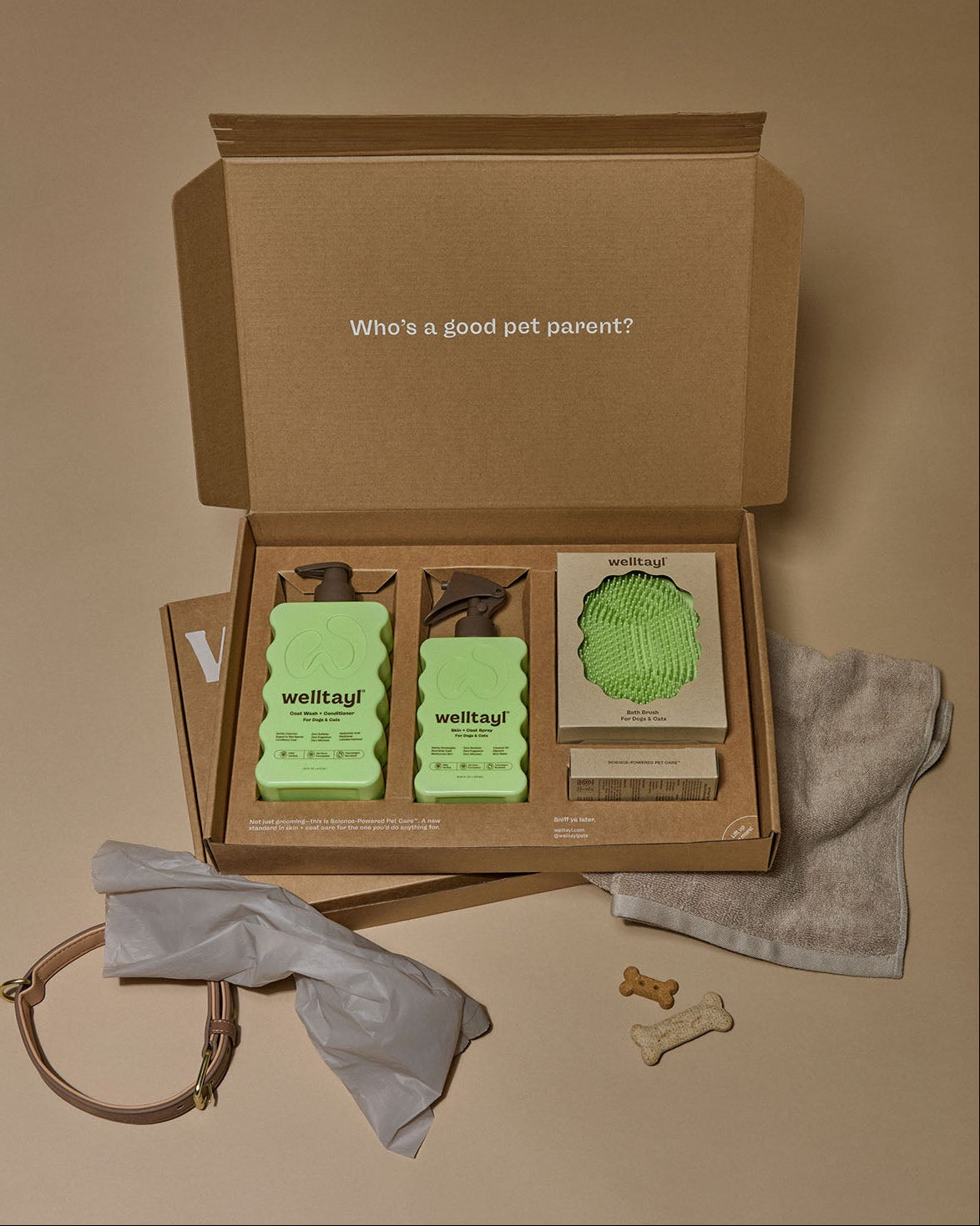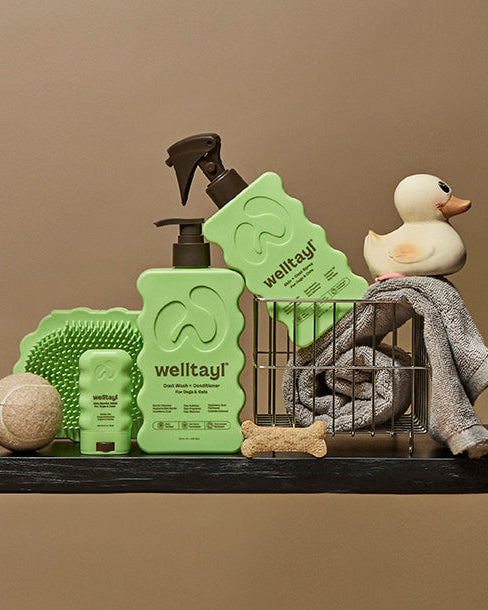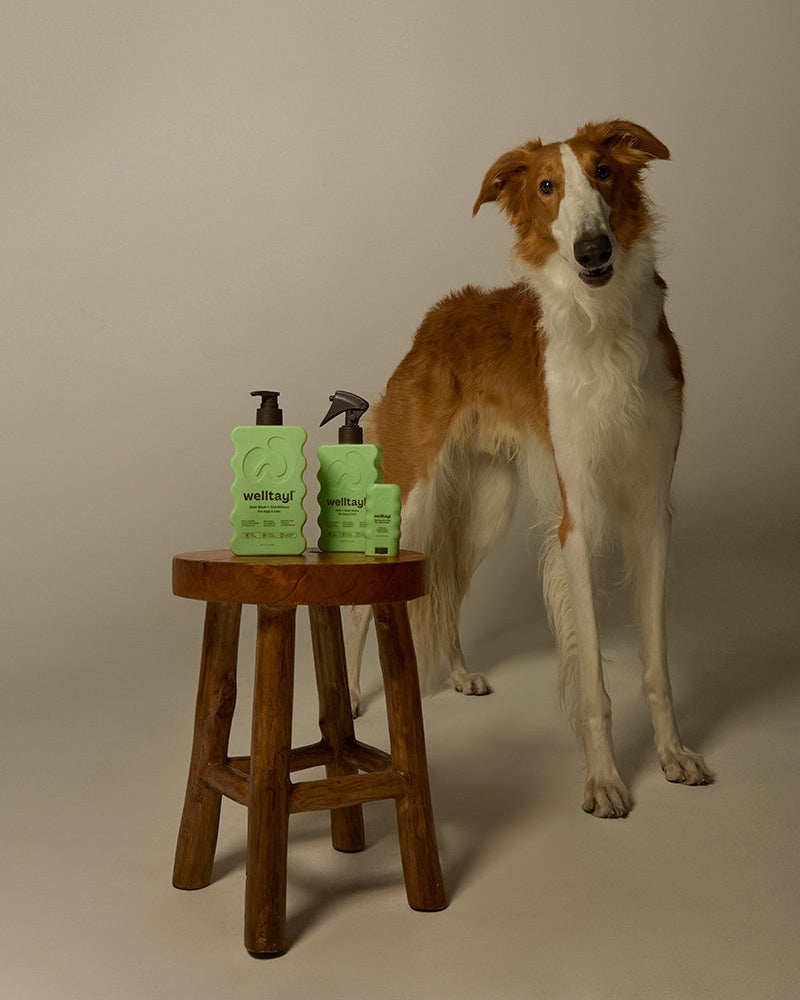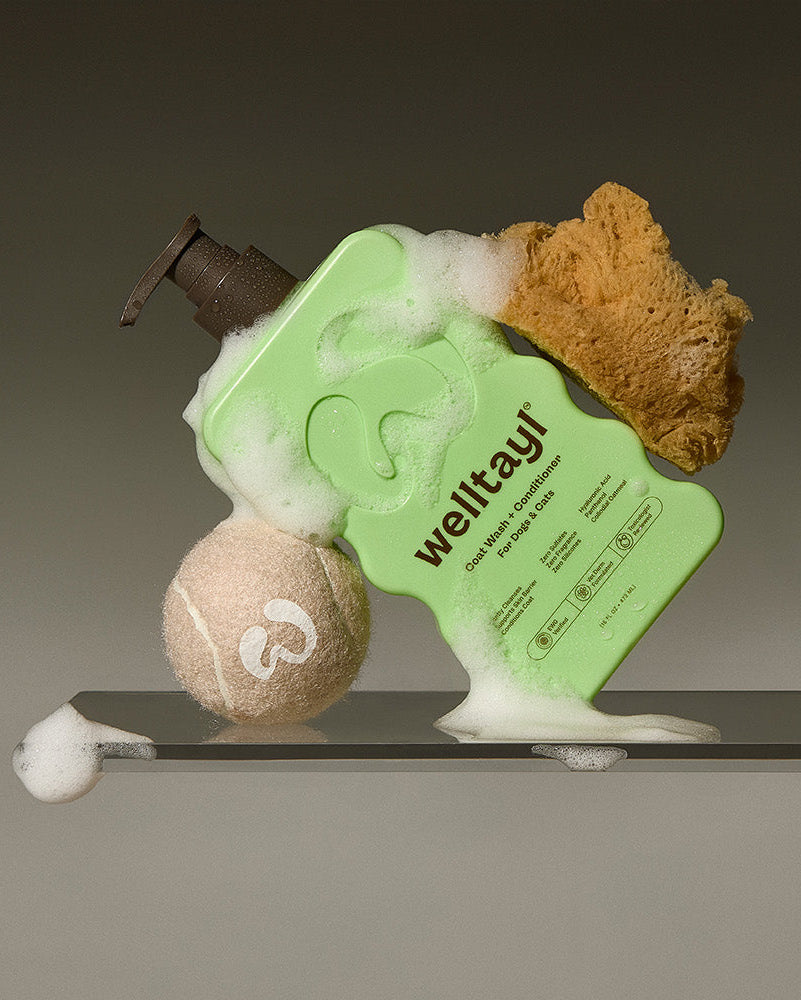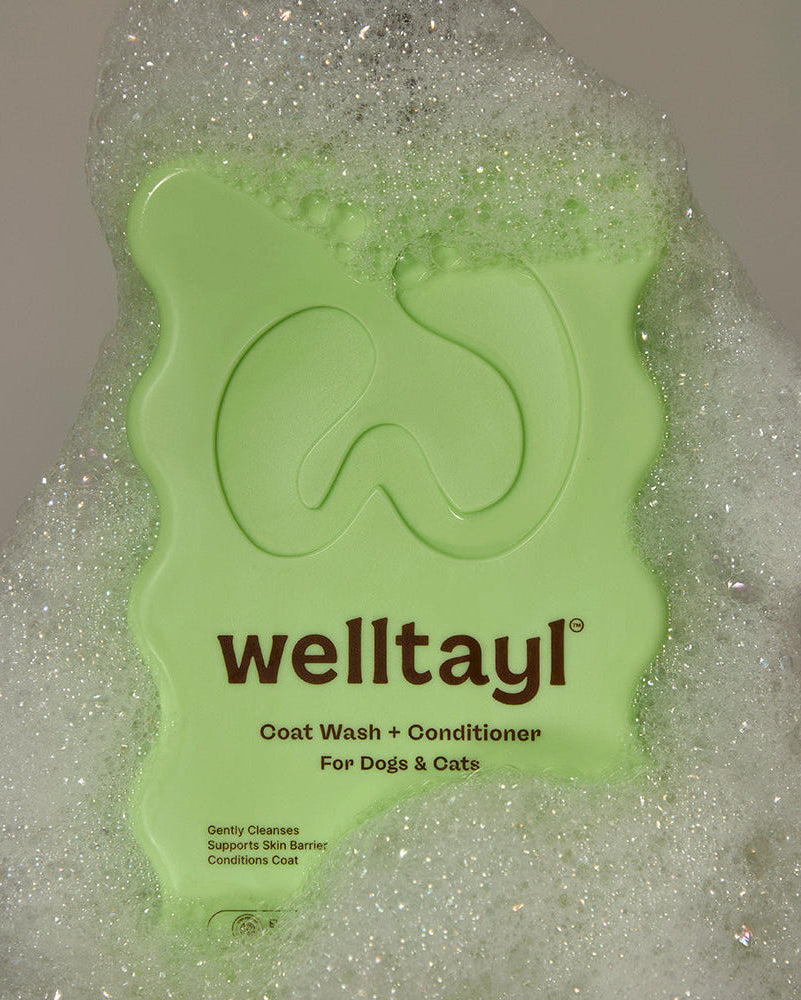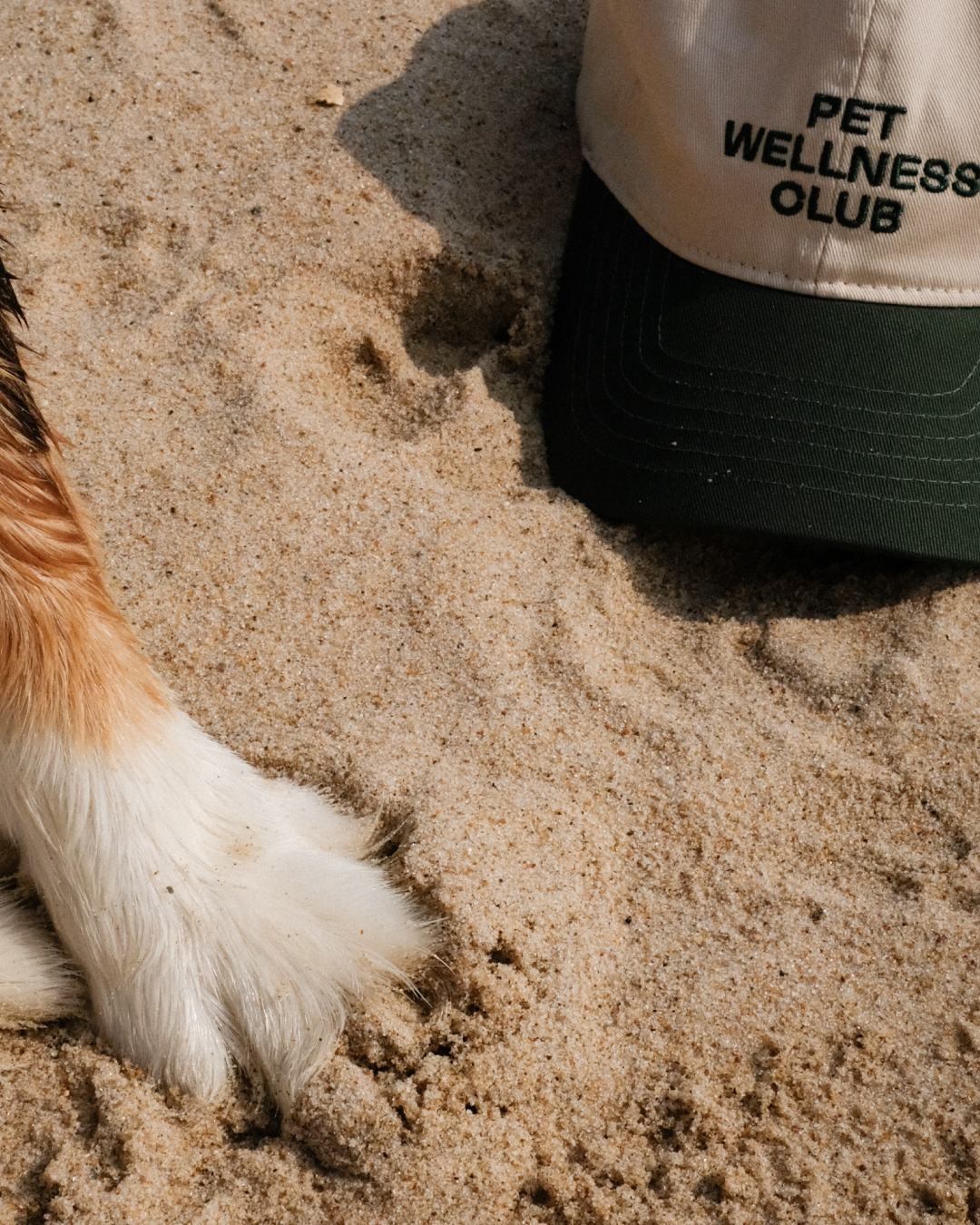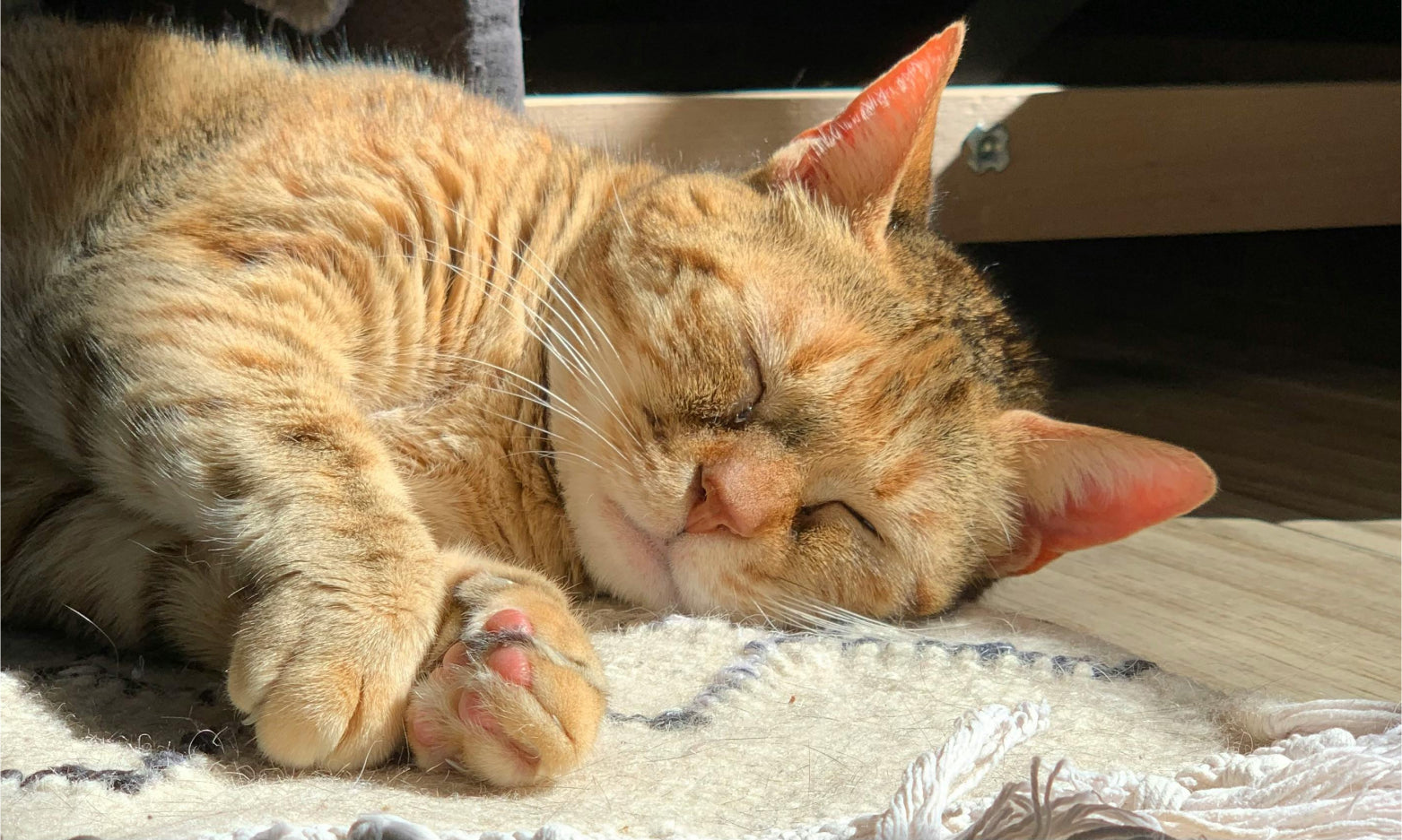As a cat owner, you're likely familiar with the many quirks and needs of your pet . But did you know that just like humans, cats can also suffer from sunburn and other skin issues caused by too much sun exposure? Especially if your cat has light-colored or sparse fur, protecting them from the sun's harmful rays is crucial.
Unsurprisingly, the areas most at risk are those with the least fur—like the nose, ears, and belly. These spots can easily get sunburned when your cat lounges in their favorite sunny spot. While it might seem odd to slather sunscreen on your cat, there are safe and effective ways to protect them from the sun besides chasing them around with a bottle of lotion .
Table of Contents:
- Key Takeaways
- Understanding Cat Skin and Sun Exposure
- Choosing Safe Sunscreen for Cats
- How to Safely Apply Sunscreen to Cats
- Conclusion
- Frequently Asked Questions
Key Takeaways
- 🌞 Importance of Sun Protection: Cats, particularly those with light or sparse fur, need sun protection to prevent sunburn and other skin issues as their low melanin levels decrease natural UV defense.
- 🧴 Appropriate Sunscreen Selection: Choose a cat-specific sunscreen that is free from harmful chemicals like zinc oxide and salicylates, and offers broad-spectrum UVA and UVB protection similar to an SPF of 15 or 30 used in humans.
- 🖐️ Application Techniques: Apply a light layer of sunscreen on areas with less fur such as the nose, ears, and belly. Always test the product for sensitivity in a small area first and avoid the eyes and mouth.
- 🐱 Reapplication is Crucial: Reapply the sunscreen as needed, especially if the cat is outdoors for extended periods or after swimming, ensuring continued protection from sun exposure. Usually every 2-4 hours during peak sun hours is adequate.
- ☀️ Limit Sun Exposure: Limit your cat's exposure to the sun during peak sun hours from 10 AM to 4 PM to reduce the risk of sunburn and skin damage.

Understanding Cat Skin and Sun Exposure
Cats, just like people, can get sunburned, especially if they have light-colored fur or very little fur at all. It's important to understand why their skin is more at risk and how you can protect them from harmful UV rays.
Why Cats’ Skin Is Vulnerable to UV Rays
Many cats' skin lacks an adequate amount of melanin, a protective pigment found in humans. Melanin acts as a natural sunscreen that helps shield the skin from the damaging effects of sun exposure. Because some cats have less melanin, especially those with white or light-colored fur, their skin absorbs more UV rays, increasing the risk of sunburn and even skin cancer over time.
Common Myths About Cat Skin and Sunlight
Understanding the truth about cats and sun exposure can help you better protect your feline friends from the sun's harmful effects:
- Myth: Cats are immune to sunburn.
- Reality: Cats can get sunburned, particularly on parts of their body where the fur is thin or absent, such as the tips of the ears, the nose, and around the eyes.
- Myth: Human sunscreen is safe for cats.
- Reality: Many sunscreens made for humans contain chemicals like zinc oxide and salicylates which are harmful to cats if ingested. It's crucial to use only products specifically formulated for pets or other protective measures recommended by your vet.
To keep your beloved pets safe, always be informed on the latest science-backed knowledge. Sign up for the Welltayl newsletter for more!

Choosing Safe Sunscreen for Cats
Cats need protection from the sun, but it’s important that you choose the right type of sunscreen to keep them safe and healthy. Just as you'd carefully select sunscreen for your child, picking the correct product for your cat requires care and attention to detail.
Ingredients to Avoid
When selecting sunscreen for your cat, it's crucial to avoid ingredients that could be harmful if licked or ingested by your cat. These ingredients include:
- Zinc Oxide: Often found in human sunscreens, this compound can cause anemia, vomiting, and even more severe health issues such as liver damage.
- PABA (Para-aminobenzoic Acid): This chemical can lead to vomiting, diarrhea, and bone marrow changes.
- Propylene Glycol: Known to cause vomiting,diarrhea and kidney damage.
- Salicylates: Similar to aspirin toxicity, they can lead to poisoning with symptoms such as fever, stomach pains and internal bleeding.
Avoid sunscreens that contain these harmful ingredients, as the risks associated with ingestion are significant and can lead to critical health issues for your cat.
Recommended Types of Sunscreen for Feline Use
Choose sunscreens that are:
- Feline-friendly: Ensure the sunscreen is labeled as safe for cats. This means it’s been specifically formulated considering the unique physiology of cats, and does not contain potentially harmful chemicals.
- Fragrance-free and non-staining: Cats are sensitive to odors and some ingredients used to create fragrances can be irritating or harmful.
- Broad-spectrum UVA and UVB protection: Like humans, cats need protection from both types of UV rays.
- SPF 15 or 30: These SPF levels provide adequate protection while ensuring the formulation isn’t too harsh for your cat’s skin.
How to Safely Apply Sunscreen to Cats
Protecting your cat from harmful UV rays involves more than just selecting the right sunscreen. Knowing how to apply it properly maximizes its effectiveness and ensures your feline friend's safety and comfort.
Step-by-Step Application Guide
- Select the Right Product: Choose a sunscreen that’s specifically formulated for cats. It should be free from harmful chemicals like zinc oxide, PABA, propylene glycol, and salicylates, offering broad-spectrum UVA and UVB protection with an SPF of 15 or 30.
- Test for Sensitivity: Before applying it fully, test the sunscreen on a small patch of your cat's skin. Monitor for signs of irritation or allergic reaction over a couple hours. If adverse effects occur, discontinue use and consult your vet.
- Apply Carefully: Use a small amount of sunscreen on your fingertips and gently apply it to the most exposed areas. These include your cat’s nose, tips of its ears, and any other areas with sparse fur. Avoid areas near the eyes and mouth where your cat could easily ingest the sunscreen.
- Distract Your Cat: After application, give your cat a toy or a treat to distract them. This prevents them from licking off the sunscreen before it absorbs effectively into the skin.
- Reapply Regularly: Sunscreen wears off, especially if your cat is active outdoors. Reapply every few hours, especially if your cat is spending a prolonged period in the sun or if the sunscreen seems to have rubbed off.
Areas Most Susceptible to Sunburn
The most common areas where cats may experience sunburn are:
- Nose and Ears: These areas have very little to no fur, making them highly vulnerable to UV damage.
- Belly and Groin Areas: These parts may seem hidden, but they can still catch harmful rays, especially when your cat is lying on its back.
- Areas with Light or Sparse Fur: Any sections of your cat’s body where the fur is thinner or lighter can easily get sunburned. This is particularly true for cats with white or pale fur.
Remember, sun protection for your cat doesn’t end with the application of sunscreen. Consider limiting your cat’s outdoor exposure during peak sunlight hours from 10 AM to 4 PM. UV rays can come through most windows, so even indoor cats can be affected.
Conclusion
Protecting your cat from the sun is crucial for their health and well-being. By selecting the right sunscreen designed specifically for cats and applying it carefully to their most vulnerable areas, you're taking a significant step toward preventing sunburn and more serious skin conditions. Remember to test the sunscreen for sensitivity and keep your cat entertained post-application to ensure it properly absorbs and works effectively. With these measures in place, your pet can enjoy the sunshine safely, and you can rest easy knowing you’ve done your best to protect them.
Frequently Asked Questions
Is it safe for my cat to be in the sun?
For cats, prolonged exposure to sunlight can cause skin damage and in chronic cases, lead to skin cancer. Sunburn is particularly common in areas with sparse fur, such as the ears, nose, and underbelly.
How can I protect my cat from sunburn?
To protect your cat from sunburn, apply a cat-specific sunscreen to the nose, ears, belly, and any other areas with thin or no fur. Ensure the sunscreen is free from zinc oxide and salicylates to avoid potential toxicity.
What type of sunscreen should I use on my cat?
Use a sunscreen specifically formulated for pets, free from harmful chemicals like zinc oxide and salicylates.
How often should I reapply sunscreen to my cat?
Reapply pet-safe sunscreen every 2 to 4 hours, more frequently if your cat is spending extended periods outdoors. It's also important to reapply after your cat has been swimming or if they groom themselves excessively.
Can sunburn lead to more serious health issues in cats?
Yes, frequent sunburns in cats can lead to chronic skin issues like skin infections, poor or non healing wounds and sometimes, even skin cancer. These consequences are more common in light colored cats who lack sufficient melanin in their skin. Regularly applying sunscreen and limiting your cat’s exposure to intense midday sun are key preventive measures.
Resources:
1. “Squamous Cell Carcinoma and link to sun exposure,” Sage Journals
2. “Predisposition to sun-related skin issues in white cats," PubMed
3. “Sunburn in cats," Sage Journals
4. “Solar Dermatitis management in cats," VIN
Read more

Discover how to achieve a shiny coat for your pet with top nutrition, grooming tips, and vet advice. Keep your pet healthy and glossy with Welltayl.

Discover how to protect your dog from harmful UV rays, ensuring your dog is safe when enjoying sunbathing.

